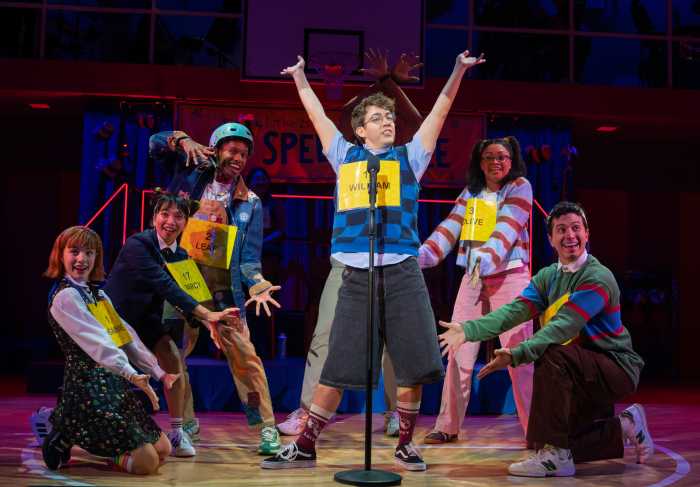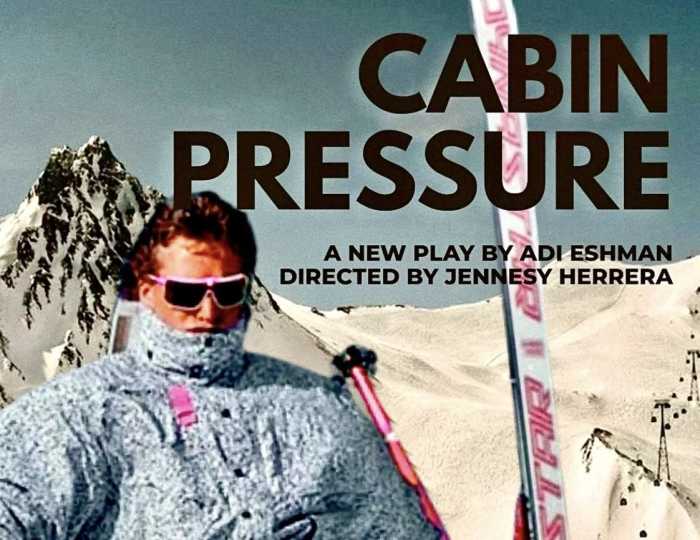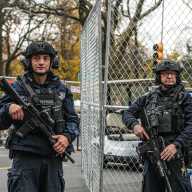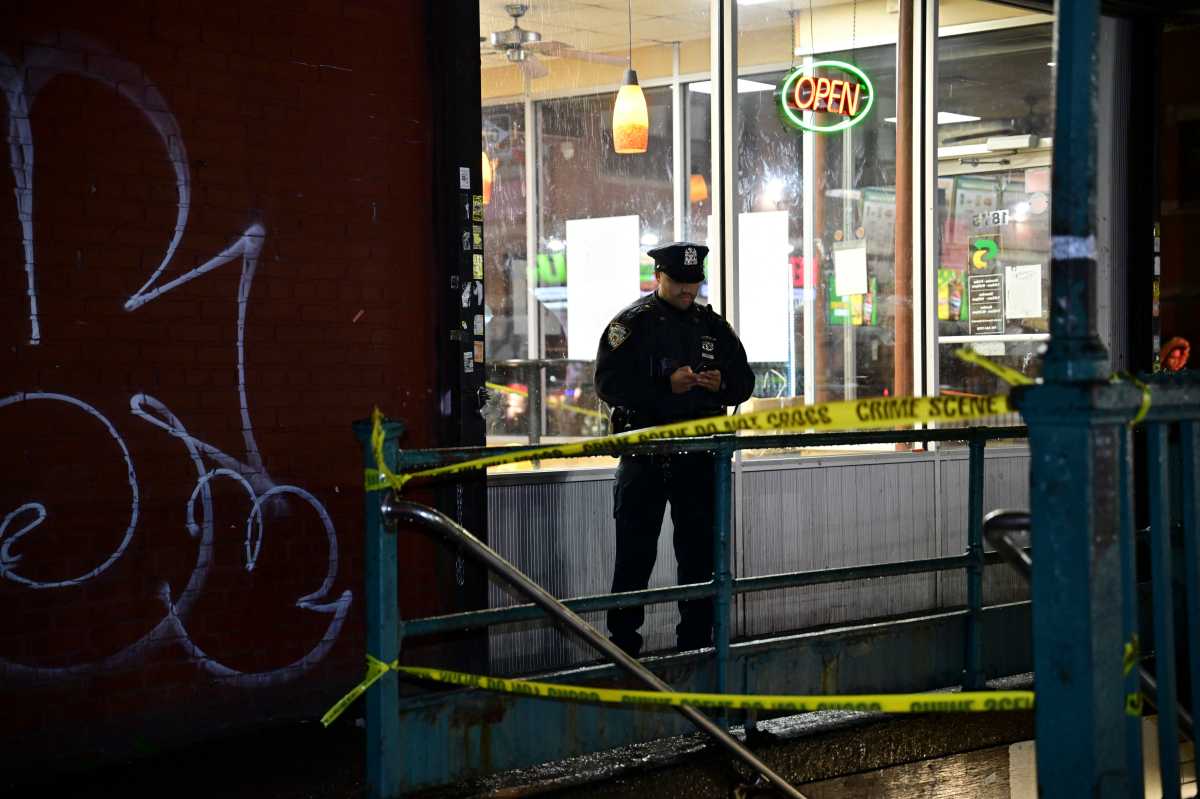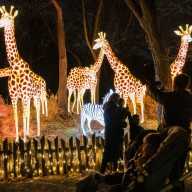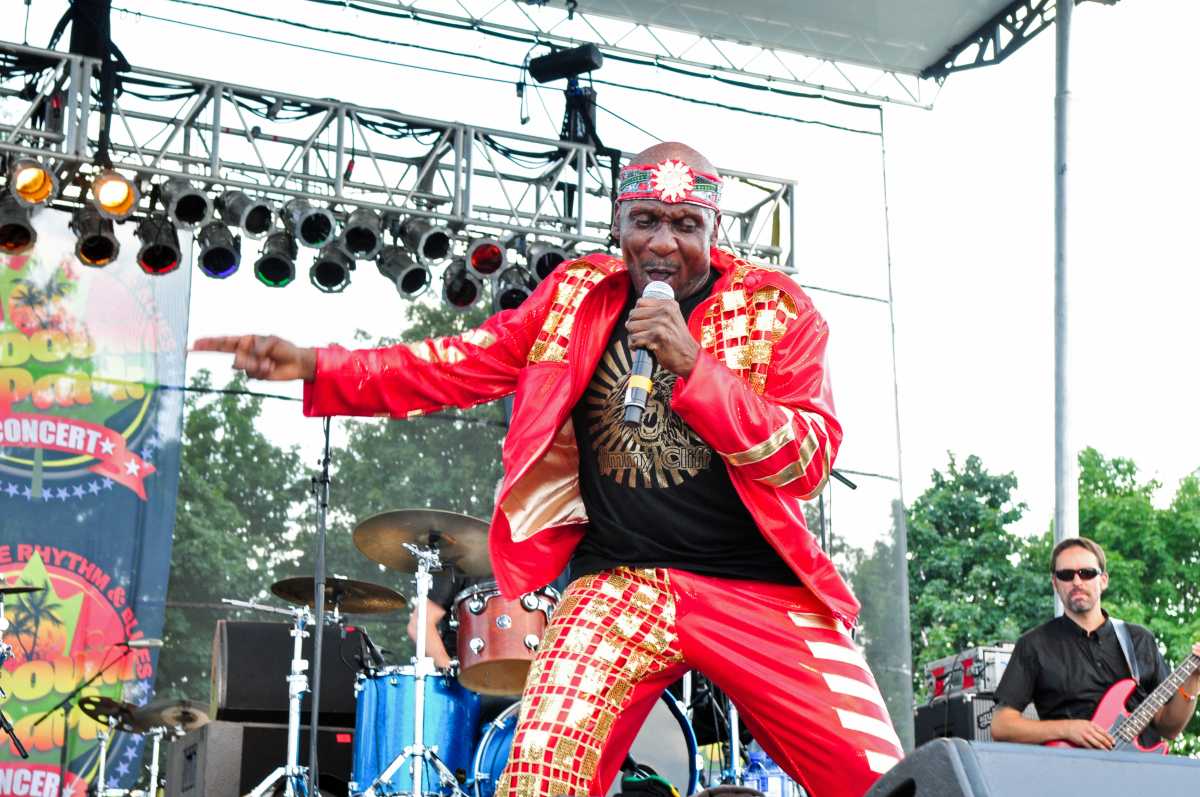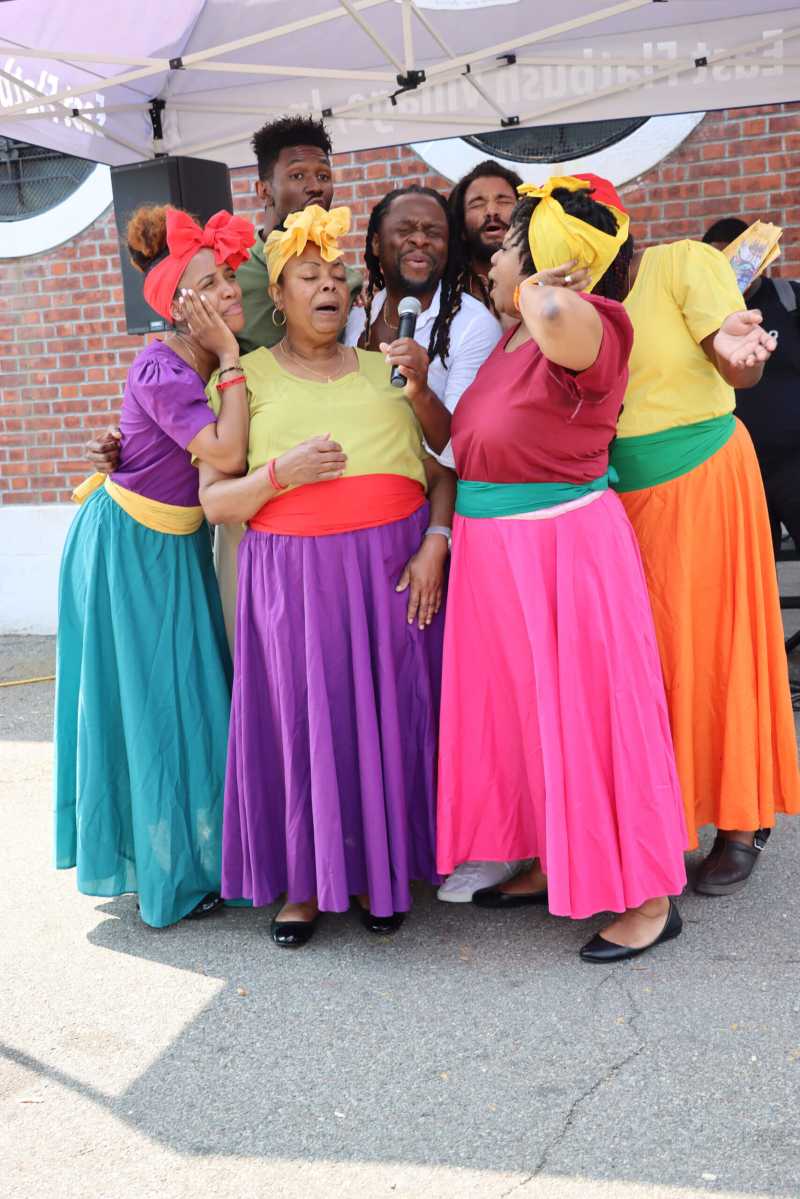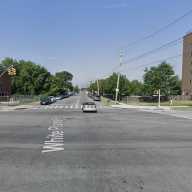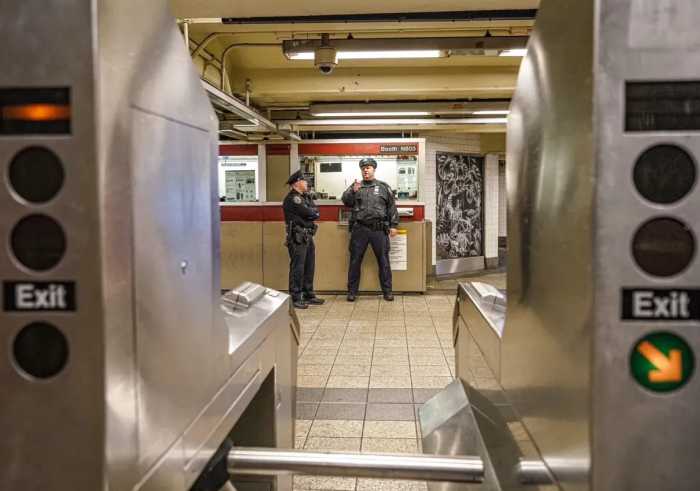If “Life and Trust,” a new immersive theatrical experience that has taken over a building in the Financial District (now renamed Conwell Tower), is to be considered an unofficial sequel to “Sleep No More,” I would equate it to something along the lines of “The Hangover Part II” or “Home Alone 2: Lost in New York”: new location, bigger scale, and following the basic premise but lacking in surprise, and alternatively amusing and then repetitive and exhausting.
“Sleep No More,” which is slated to finally close in September following a smashing 13-year run, is one of the most influential and groundbreaking shows of the 21st century. It became synonymous with immersive theater, attracted non-theatergoers, international tourists, and young audiences, and inspired numerous imitators and the adoption of immersive elements in mainstream Broadway shows.
Like “Sleep No More,” “Life and Trust” has a similar choose-your-own-adventure aesthetic, ultra-elaborate, multilevel physical setup, inspiration from a work of classic literature, a large cast of performers/devisers/choreographers, a requirement that spectators walk around aimlessly and wear ghoulish plastic masks, and a trendy lounge area serving alcoholic beverages.
The amazement, and the frustration, in “Sleep No More” (and by extension, “Life and Trust”) lies in the bountiful, overwhelming, meticulously designed stimuli – far too much to take in during a single visit, leaving one feeling as if they missed out on worthwhile experiences and encounters. I spent just over three hours at “Life and Trust,” visited multiple floors and numerous settings, followed around various characters, and caught just a fraction of what it has to offer.
Whereas “Sleep No More” is a sexy combination of Shakespeare’s “Macbeth” and Hitchcock noir, “Life and Trust” (which refers to a Wall Street bank) is loosely based on the Faust legend and Gilded Age opulence, with connections to drug addiction, turn of the century entertainment, xenophobia, and Victorian social manners.
After an initial scene in which J.G. Conwell, a famous banker, admits that the Wall Street Crash of 1929 is at hand and receives an opportunity from the devil to visit his past, audience members are left to roam the floors until everyone is gathered together for a lavish grand finale (another “Sleep No More” carryover). I ended up following around a prizefighter who depends on Conwell’s cough syrup for pain relief and Conwell’s pained younger sister, who is having a secret affair with her maid. They express themselves primarily through wordless, highly physical movement, accompanied by eerie music and lighting.
While I am curious about all I did not experience the first time (there are more than 20 storylines), do I actually need to go back to “Life and Trust”? The large black mask I received was almost impossible to wear with my glasses, and I was often hot and sweaty due to insufficient air conditioning and the relentless need to follow around a certain character or end up lost and alone yet again.
One can’t help but question why the creators of “Life and Trust” chose to replicate the experience of “Sleep No More” so closely, creating a feeling of déjà vu. Sure, the building, settings, and characters are different. But all the same, “Life and Trust” is a variation on the same show with a more uncomfortable mask and less climate control.
Conwell Tower, 69 Beaver Street, lifeandtrustnyc.com.
Read more: Sports Stars Meet Fans at Manhattan’s Exciting Fanatics Fest






